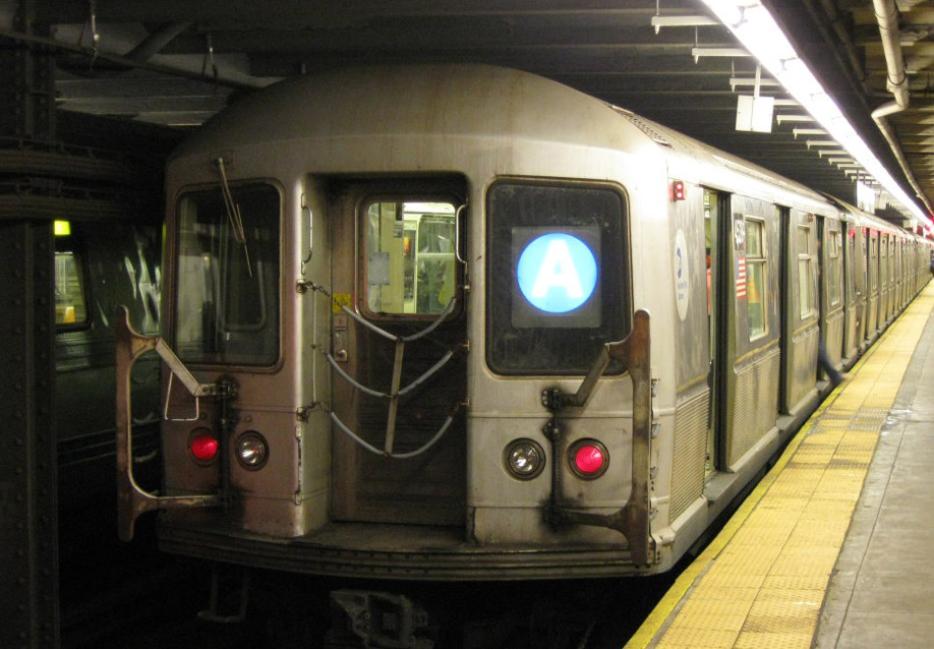American cities face a pretty basic problem: the places that are arguably best set for the 21st century—where the greatest volume and diversity of economic activity is found—are also the most expensive to buy real estate in. Faced with the prospect of nominally high-paying jobs where most of their real income is eaten up by housing costs, most Americans are taking a pass: census data released this week shows people are overwhelmingly moving away from America’s expensive urban cores and towards cheaper, sunnier places like Austin, Atlanta, Phoenix, and Tuscon. This, despite the fact that some of these same cheap places were the ones worst hit by the bust of the housing bubble.
Ah, but perhaps this decades-long trend is simply irrational? That, in short, is the premise of a report last month from the Citizen’s Budget Commission of New York, which finds that once you take transit costs into account, cities like New York and San Francisco actually come out ahead on affordability—because families can get away with owning few cars, or none at all.
The report was lauded by a number of urbanists when it was released in part because it seems to prove what we’d really like to believe: we don’t need to dramatically rethink the policy toolbox in expensive cities, we just need to build more transit. Everybody loves transit, even in cities like Toronto (sob) where we can’t agree on what, exactly to build.
The report, however, has some holes below the waterline that should cause all of us to consider whether it’s just too good to be true. The first one is a problem of data: the report suffers from a number of limitations inherent to publicly-available data, and unfortunately all the errors lean in the direction of understating New York’s rents, and making it look artificially more competitive than, say, Houston.
(Really, any report that claimed the hundreds of thousands of people who’ve left New York for the sunbelt in recent decades were simply deluding themselves should have raised everybody’s eyebrows.)
The more basic problem is that it’s not clear what we should do, even if the report were correct. New York City is certainly cheaper to live in with its network of subways than it would be otherwise, but in 2014 it’s just not obviously true that the Big Apple would be cheaper to live in if they built more. Especially when, for their most recent subway project, the costs are bizarrely high at greater than $1 billion per kilometre.
Meanwhile, at least some of the housing-cheap cities of America are finding it far easier to add transit than the transit-cheap cities are finding it to add housing. Dallas has built one of the largest light-rail networks in the continent while New York struggles under a housing affordability problem whose only long-term answer (as much as people resist it) is more building. There’s no mystery here: transit-building is usually broadly popular, while the planning politics of expensive cities are dominated by resistance to new housing construction.
And some cities struggle to do either terribly well. Here in Toronto the next election is likely to revise the city’s transit plan, again, while rents continue to tick up every year. The Eglinton Crosstown, currently under construction (mercifully, almost unscathed from the Ford years) will add high-capacity transit to the city’s midtown, but to date the proposed developments along that line are a fraction of those downtown—and most are clustered where Eglinton meets the already-existing Yonge subway.
None of which is to argue against transit spending. That would be crazy. But trying to answer the question of affordable cities in the 21st century with transit alone, and without embracing the need to rebuild our cities in denser forms, is a recipe for failure. Unfortunately, it’s also a pleasant fiction for people who think change needs to come everywhere but their own neighbourhood.






